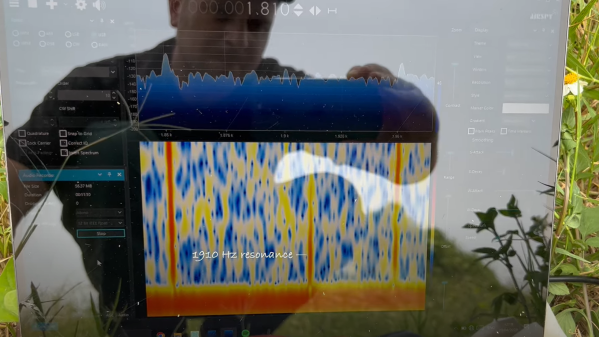As part of his multi-year project to build a quantum computer, hacakday.io poster [skywo1f] has shared with us his most recent accomplishment — a Nuclear Magnetic Resonance Spectrometer, which he built for less than $100.
The NMR spectrometer is designed to disturb protons, which naturally line up according to the Earth’s magnetic field, using an electric coil. Once disturbed, the protons nutate (a fancy physics word for wobble), and flip quantum spin states. [skywo1f]’s NMR device can detect these spin state changes, as he demonstrates with a series of control experiments designed to eliminate sources of false positives (which can be annoyingly prevalent in experimental physics). His newest experimental device includes a number of improvements over previous iterations, including proper shielding, quieter power topology, and better coil winding in the core of the device. Everything was assembled with cost in mind, while remaining sensitive enough to conduct experiments — the whole thing is even driven by a Raspberry Pi Pico.
Here at Hackaday, we love to see experiments that should be happening in million-dollar laboratories chugging along on kitchen tables, like this magnetohydrodynamic drive system or some good old-fashioned PCB etching. [skywo1f] doesn’t seem to be running any quantum calculations yet, but the NMR device is an important building block in one flavor of quantum computer, so we’re excited to see where he takes his work next.












